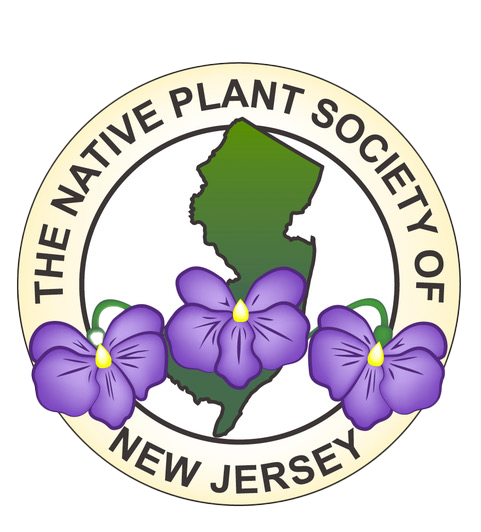Reprinted with permission, June 2019. This article is by Michele S. Byers who is the executive director of the New Jersey Conservation Foundation in Morristown. She is a regular contributor to many publications.
Driving through a garden usually isn’t a commuter experience, but drivers on the Atlantic City Expressway will see colorful patches of native flowers along the sides of the highway.
Though the wildflowers are beautiful, it’s not all about appearance. The wildflowers are new habitat for New Jersey’s struggling insect pollinators, like bees and butterflies, which are declining due to habitat loss and pesticides.
In an ecological version of roadside assistance, the South Jersey Transportation Authority, which runs the Atlantic City Expressway, recently planted 35 linear acres of native wildflowers along the highway. They’re also adding native trees and shrubs.
“We’re trying to do our part,” said Nick Marchese, the Transportation Authority project manager who runs the Roadway Environmental Advancement Initiative (READI). “I’ve already seen that the bees have increased.”
That’s not all. Plans include installing more than 120 bird houses, bat boxes and osprey nesting platforms along the Expressway to help South Jersey’s native species. Culverts under the highway have been enlarged to provide safe crossings for animals like deer, raccoons and possums. Bee boxes and butterfly houses are up, and there’s even a hummingbird garden under construction at a Hammonton rest stop.
The initiative started in 2011 with the planting of colorful annuals in patches along the Expressway. The flowers were pretty, but Marchese and his colleagues soon realized that native plants support birds, bees, butterflies and other insect pollinators.
In 2016, the Transportation Authority went native with perennials like black-eyed Susans, butterfly weed and coreopsis. They supplement the natives with easy-to-grow annuals like cosmos.
And instead of planting ornamental cherries, the Transportation Authority now plants native trees and shrubs like willows and dogwoods.
Natives cost more initially, but they pay for themselves over the long run.
The plantings also soak up stormwater runoff, helping to prevent highway flooding and filtering out pollutants. The root systems of the new plantings prevent topsoil from eroding into streams and other waterways.
The READI program has a strong educational component. Marchese regularly visits elementary schools to talk about the importance of pollinators and the plants they need to thrive.
Marchese hopes to keep expanding pollinator and bird habitat along the Expressway in the coming years. “The more you do,” he observed, “the more you can see what can be done.”
Original article: Michele Byers Highway Beautification.
